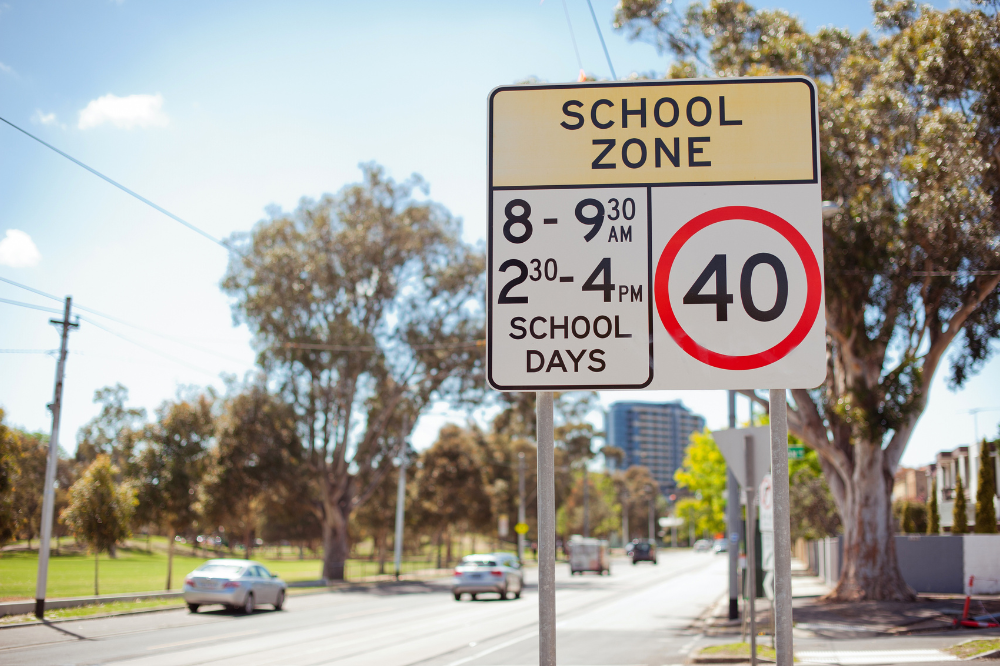
Every morning and afternoon, school zones become chaotic—parents double-park, block crossings, and create dangerous conditions for children. While schools are aware of the risks this presents, traditional enforcement methods, like school staff or council officers monitoring zones, tend to be resource-intensive and inconsistent.
Fortunately, the ever-evolving technology landscape offers schools some handy solutions to address issues like these.
AI-driven monitoring systems like SenSen.ai have been transforming school zone safety in recent years by providing licence plate recognition using real time alerts to enforce compliance fairly and efficiently—all while protecting privacy.
Schools and councils using this technology have already seen fewer illegal parking incidents, smoother traffic flow, and safer conditions for students.
Below, The Educator speaks to Professor Subhash Challa, the founder & CEO of SenSen.AI, about tackling chaotic school zones, identifying hidden security risks, protecting privacy through real-world AI use, and developing predictive technologies to make campuses safer, smarter, and more responsive to emerging challenges.
TE: To give our readers a clear sense of your role in Australia’s K–12 education space, can you describe your current footprint in schools – and share how your solutions are helping address key challenges in the sector?
We’ve seen firsthand how chaotic school zones get during peak times, with illegal parking, overstays, and unsafe driving stretching the limited enforcement resources. In places like Logan and Bella Vista, we’ve partnered with councils to deploy our Live Awareness technology using pole-insertable AI cameras. Our school zone solution uses AI cameras and licence plate recognition to capture parking violations and monitor traffic, sending real-time alerts to authorities. It actively discourages unsafe behaviour, reduces congestion, and improves compliance, without disrupting daily operations. It also respects privacy through built-in face and body blurring, offering peace of mind to families and allowing teachers to focus on education, not traffic management.
TE: Beyond the obvious concerns around physical safety, what are some of the more overlooked or emerging threats to school security that leaders need to be thinking about?
Schools are living, breathing ecosystems, and like any complex environment, the real risks often hide in plain sight. What gets overlooked are the subtle, accumulative patterns: the blind spots that exist between supervision zones, the behavioural anomalies that don’t register as threats in isolation, or the environmental cues—like bottlenecks in corridors or overlooked corners of campuses—that increase vulnerability without anyone noticing.
We’re not waiting for a problem to present itself—we’re building the capacity to perceive the system clearly and intervene meaningfully. Take one emerging threat, Digital Loitering and Perimeter Surfing. Increasingly, unknown individuals are testing school perimeters not by breaching them, but by circling just outside them. These behaviours—when spotted consistently over time—can signal scouting for physical or cyber vulnerabilities.
TE: Can you walk us through a recent real-world example of how SenSen.AI has helped lift safety in a school zone – particularly where privacy was a central concern?
At Buderim Mountain State School, we teamed up with Sunshine Coast Council to tackle their daily parking challenges through the ParkSmart program. SenSen installed nine AI-powered cameras on the poles of existing parking signs to monitor parking in real time. The tech uses licence plate recognition and behaviour analysis to detect violations and monitor driver compliance, while maintaining the privacy of students and families by blurring faces and bodies. Since launching, it’s made drop-offs smoother, boosted parking turnover, and helped keep kids safer. The program even went on to win a national award. Most importantly, it shows how smart tech can make a real difference in a sustainable and non-intrusive way.
TE: As AI becomes more embedded in the day-to-day workings of schools, what innovations is SenSen.AI exploring to stay ahead of the curve? Are there any upcoming developments Australian schools should be excited about?
We’re only just scratching the surface of what’s possible with Live Awareness in schools. It’s not just about school zones AI cameras, we’re enabling a platform that can adapt and grow as the school’s needs evolve. The real innovation lies in the ability to track and understand movement in real time, to classify behaviours, and to predict outcomes using sensor tracking and data fusion. As the platform matures, Australian schools can apply Live Tracking to various uses, such as flagging unwelcome behaviours on campus, identifying maintenance issues before they escalate, or understanding how shared spaces are being used. Our solutions ultimately leverage AI-driven intelligence to deliver insights that help people and improve communities.

